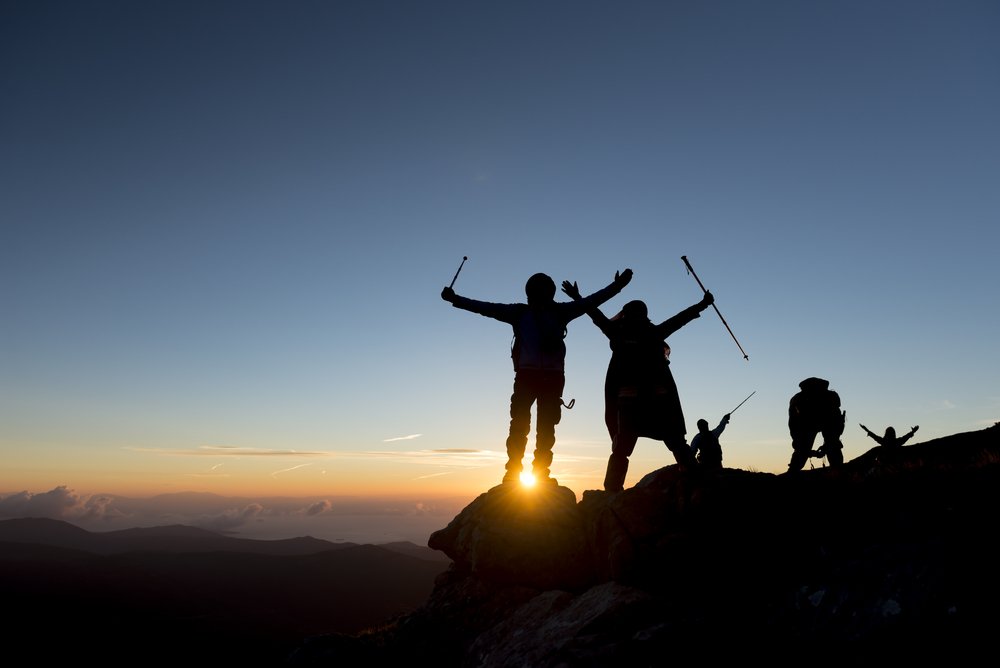Denver’s Hemophilia Hero Chris Bombardier Becomes First with the Disease to Climb Mount Everest

Chris Bombardier, the author of the “Adventures of a Hemophiliac” blog, has become the first person with hemophilia to climb Mount Everest, the world’s highest peak.
That achievement on May 22 means the 31-year-old Denver native has only one mountain to go toward his goal of scaling the tallest peaks on each of the world’s seven continents. The last challenge will be Mount Vinson in Antarctica.
In addition to Everest, which straddles the Asian countries of Nepal and China, Bombardier has climbed Kilimanjaro in Africa, Aconcagua in South America, Elbrus in Europe, Denali in North America, and Carstensz Pyramid/Puncak Jaya in Australasia.
Only a few hundred people worldwide have climbed the tallest mountains on each continent. Bombardier’s quest is smashing the stereotype that people with hemophilia can’t lead active, bold lives.
The climber said he has been able to pursue his dream because he has had access to essential care for hemophilia all his life. This is not the case for as many as 75 percent of people born with the disorder, many of whom do not live to become adults, he said.
Bombardier was diagnosed with severe hemophilia B at birth. He started his seven-continents climbing quest for two reasons. One was to focus attention on the global disparity in access to hemophilia treatment. Another was to show that hemophilia patients can do whatever they set their mind to, if they receive appropriate care.
When he climbs, he must bring intravenous infusions to help clot his blood if he has an injury that causes bleeding.
“By standing here [on Everest] I hope to show what we should be striving for,” he said in a press release. “Not that everyone should climb mountains . . . but that everyone should be able to shoot for their dreams.”
A documentary is being made about his quest called “Bombardier Blood.”
Bombardier describes in his blog how he became interested in climbing:
“I heard stories of climbing big mountains from my uncle and had dreams of my own epic expeditions,” he said. “While working at the University of Colorado Hemophilia Research Lab, I was offered the opportunity to travel to Kenya as part of a humanitarian mission to help those with hemophilia. With that trip set in motion, I decided that I wanted to attempt Kilimanjaro, the highest peak on the African continent.
“I was nervous and scared to travel to the developing world and climb such a big peak, but I had to try. That trip changed my life forever. I saw hemophilia for what it really is, a horrific disease that still kills many people. How could I not be compelled to do more?! I headed to the mountain with a new goal. This climb would be about seeing how far I can push myself personally and bringing to light the struggles of those I met in Kenya.”
The Everest climb had a humanitarian component as well. Bombardier used it to help raise money for the Nepalese hemophilia community through the Save One Life organization.
He has also teamed up with the Colorado Chapter of the National Hemophilia Foundation to start the outdoor hiking program “Backpackers & Bleeders.” It encourages hemophiliacs to become more active outdoors.






